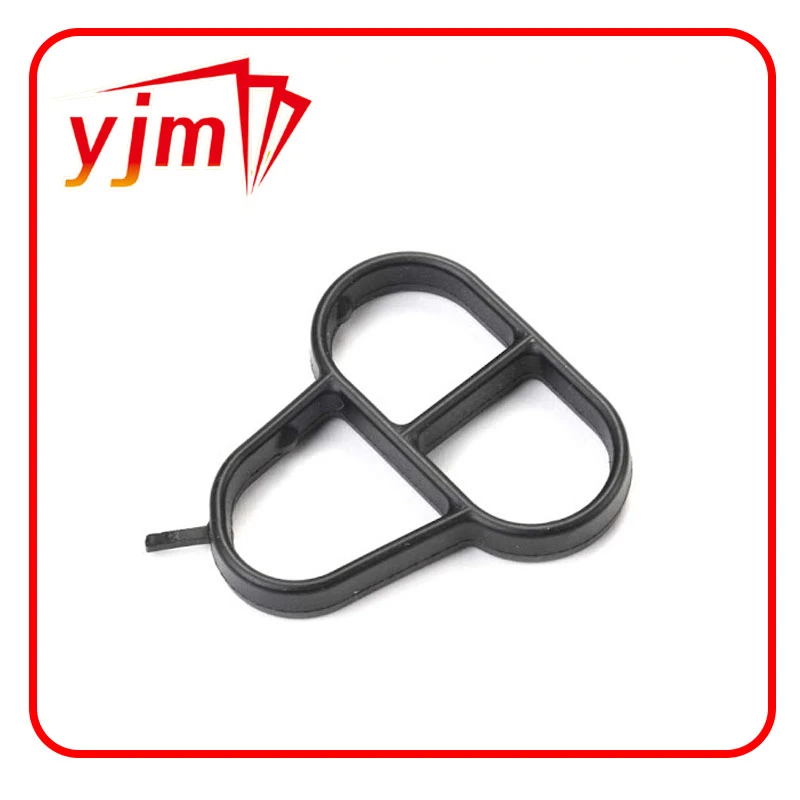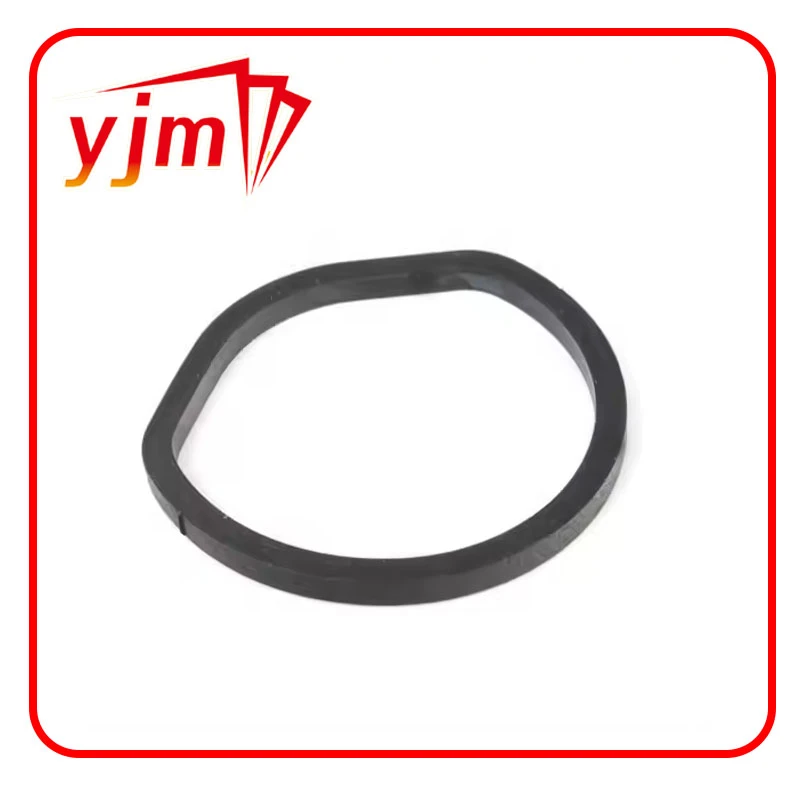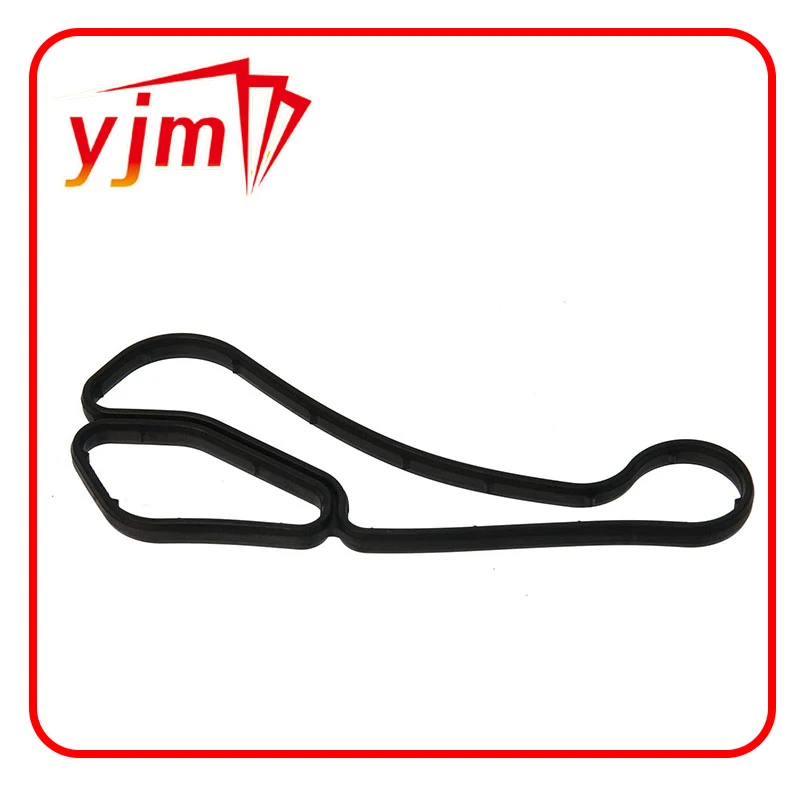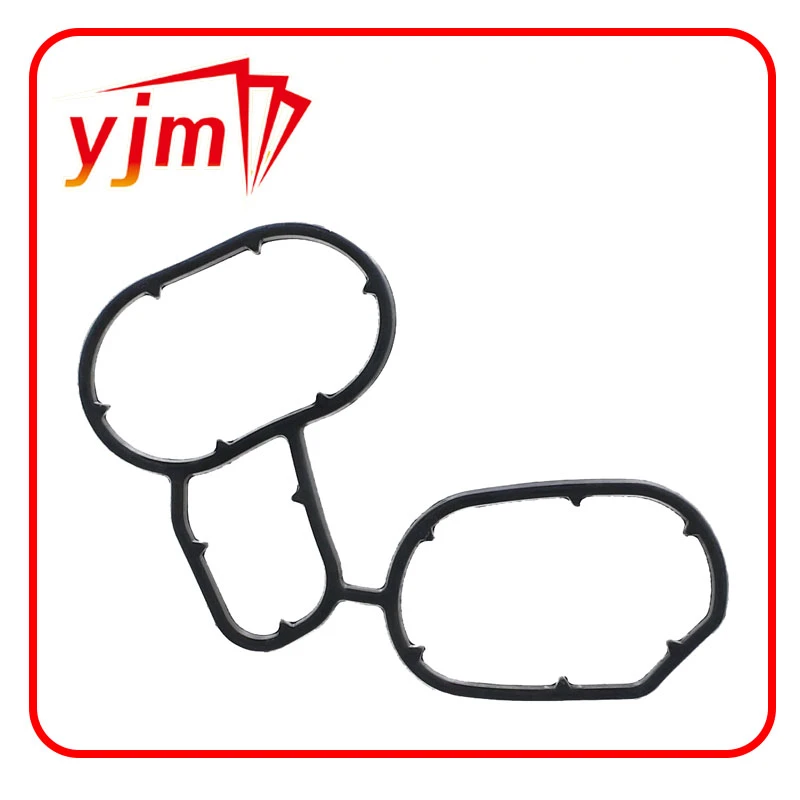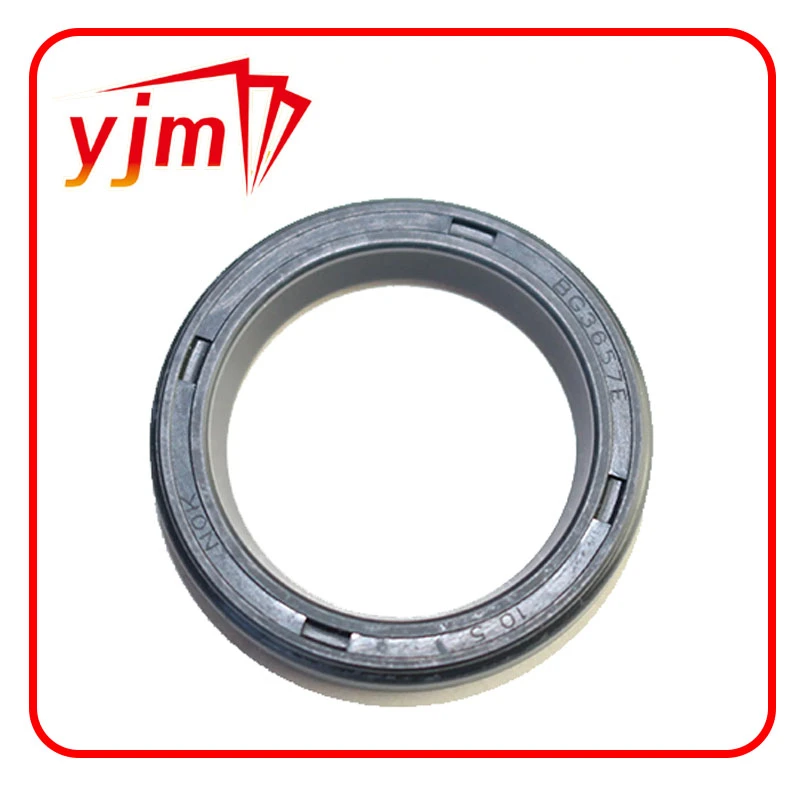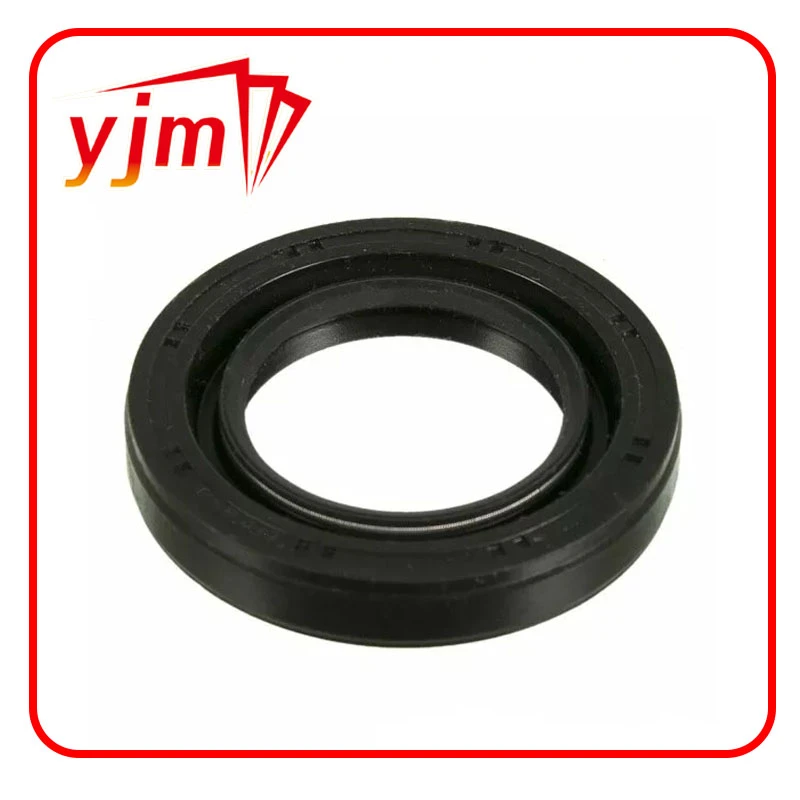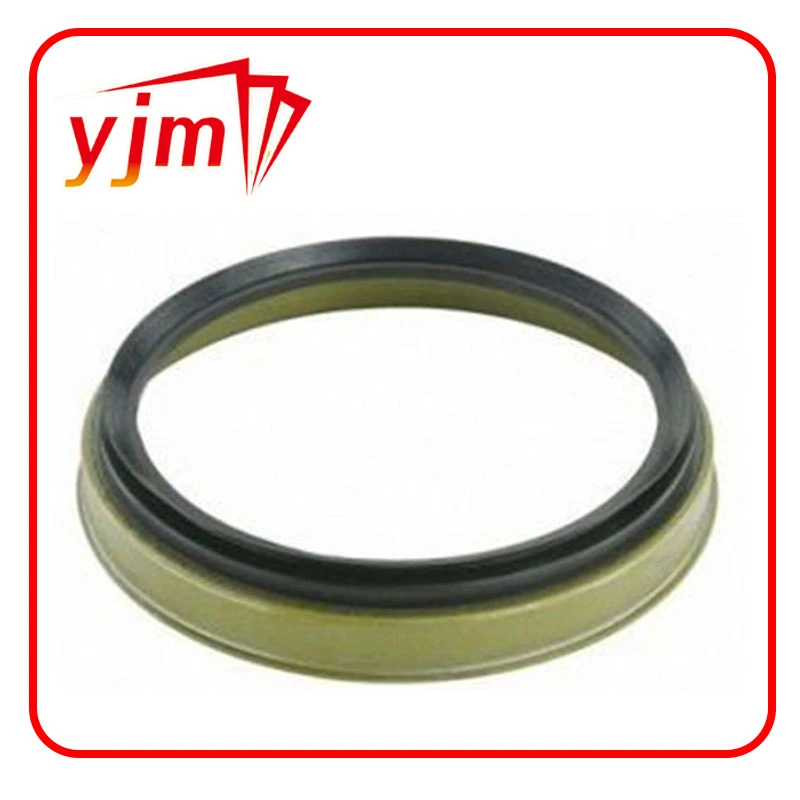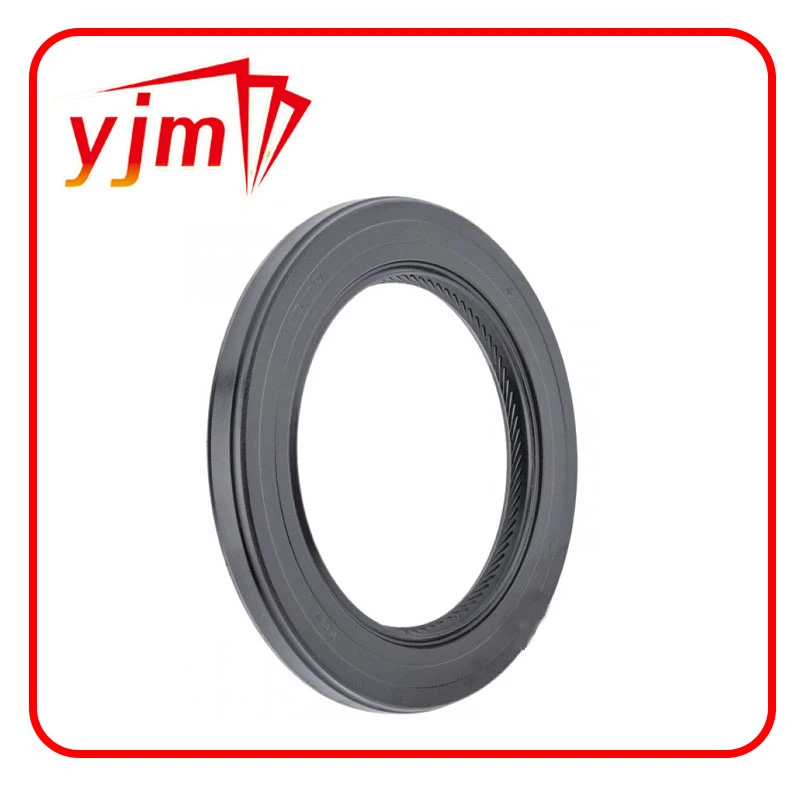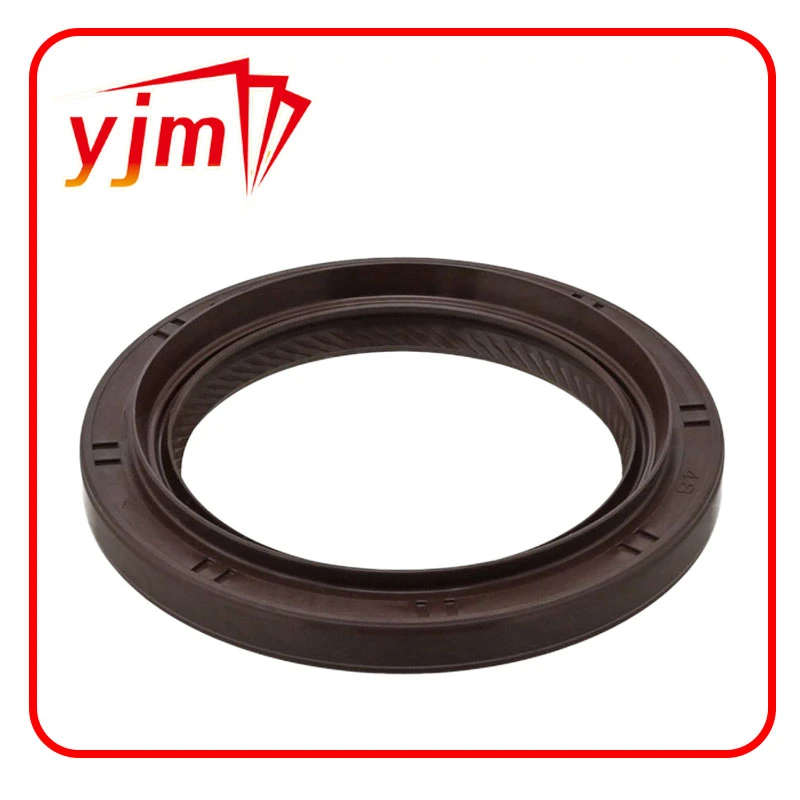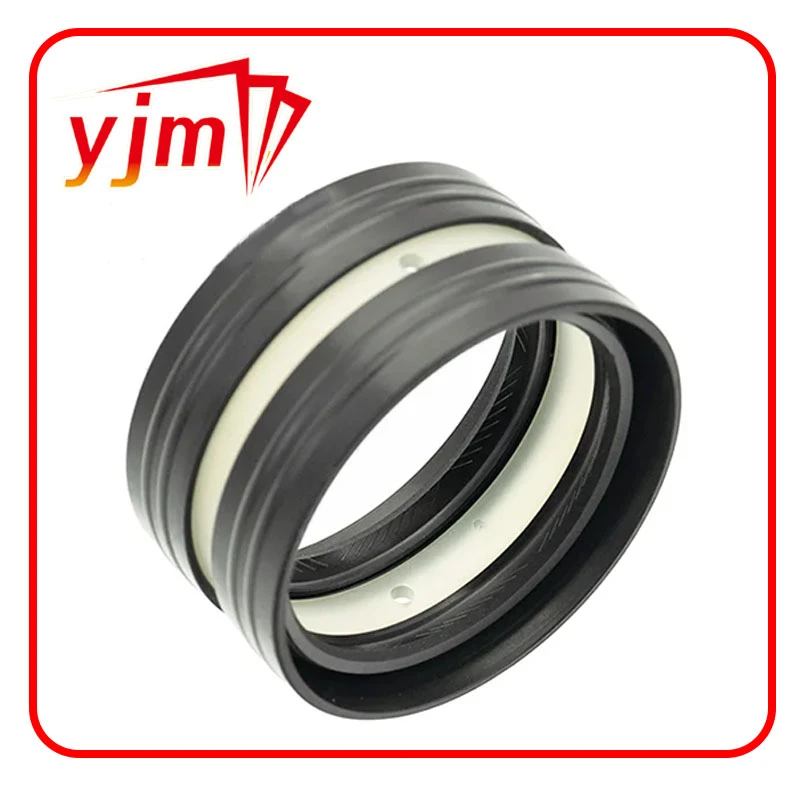Key Components of Oil Sealing Systems in Automotive and Industrial Applications
Oil seals play an essential role in protecting mechanical systems by preventing fluid leakage and blocking contaminants from entering sensitive areas. Whether used in engines, shock absorbers, or gear systems, oil seals ensure reliability, safety, and longevity. In this article, we’ll explore vital sealing components, including the oil seal retainer, oil seal rubber, oil seal shock, and oil seal shock absorber, and their importance in maintaining optimal performance.
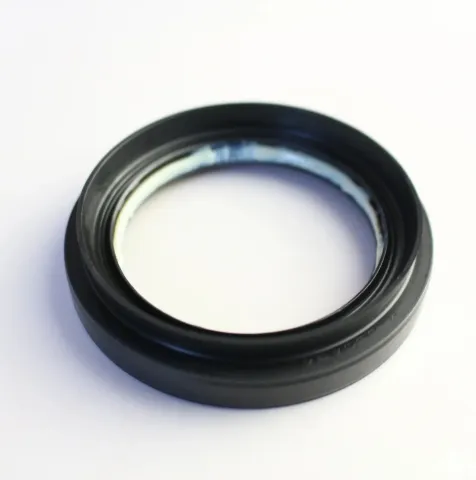
Oil Seal Retainers: Securing the Seal in Place
An oil seal retainer is a mechanical component that supports and positions the oil seal in its proper location within a housing. It helps prevent the seal from shifting or dislodging under pressure, heat, or vibration.
In automotive engines and gearboxes, the oil seal retainer is often made from metal or reinforced polymer and is fixed in place using bolts or clips. It holds the oil seal flush against the shaft or bore, ensuring a tight and consistent contact that minimizes oil leakage. Without a properly installed oil seal retainer, even the best-quality oil seal can fail due to misalignment or movement.
Oil seal retainers are critical in both high-speed and high-pressure applications such as crankshafts, camshafts, and transmission input/output shafts. For example, a leaking crankshaft seal due to a faulty oil seal retainer can result in significant oil loss and engine damage.
The Importance of Oil Seal Rubber in Performance
At the core of every oil seal is the sealing lip, typically made from specialized elastomer material known as oil seal rubber. This rubber must be carefully engineered to resist heat, pressure, chemicals, and wear, while maintaining flexibility and shape over time.
Common materials used for oil seal rubber include:
Nitrile (NBR) – Good resistance to petroleum-based oils, water, and wear. Ideal for general automotive use.
Viton (FKM) – Excellent for high temperatures and aggressive fluids. Used in performance engines and industrial machinery.
Silicone – High flexibility at extreme temperatures but less resistant to abrasion.
The quality of the oil seal rubber directly affects the seal’s durability and efficiency. Inferior rubber can crack, harden, or deform over time, resulting in oil leaks and premature failure. When selecting an oil seal, choosing one with high-grade rubber ensures a tight seal even under harsh conditions, such as rapid temperature changes or high-speed shaft rotations.
Oil Seals in Shock Absorbers: Function and Design
Shock absorbers are critical components in vehicles and industrial machinery that dampen vibrations and improve ride stability. These systems rely on precise hydraulic movement, and therefore, sealing becomes a vital aspect of their operation. This is where the oil seal shock and oil seal shock absorber come into play.
The oil seal shock is designed to keep the hydraulic fluid (usually oil) inside the shock absorber while preventing dust, dirt, and water from entering the cylinder. This helps maintain internal pressure, smooth motion, and prevents corrosion or mechanical wear.
Meanwhile, the oil seal shock absorber refers to the specific oil seal installed within the absorber unit. It works in conjunction with the dust wiper and guide bush to ensure proper sealing at both static and dynamic stages of the shock's motion. A high-quality oil seal shock absorber maintains compression damping and rebound performance while minimizing oil seepage even after prolonged use.
Some key requirements for shock absorber seals include:
High wear resistance due to constant shaft movement
Low friction for smooth shock performance
Resistance to hydraulic oil and extreme temperatures
If the oil seal shock or oil seal shock absorber fails, it can lead to reduced damping ability, noisy suspension, and eventual mechanical damage due to fluid loss.
In conclusion, oil seals are not just basic rubber rings—they are sophisticated components that require proper support, material quality, and application-specific design. Whether it's an oil seal retainer keeping seals firmly in place, the quality of the oil seal rubber, or seals used in critical systems like oil seal shock and oil seal shock absorber, each part contributes to the overall performance and longevity of mechanical equipment.
-
Seal 12x20x5: Precision Radial Shaft Seals for Industrial Reliability
පුවත් Nov.24,2025
-
Seal 12x18x5: Essential Guide to Specifications, Applications & Vendors
පුවත් Nov.24,2025
-
Understanding Seal 12 20 5: Applications, Specifications & Industry Insights
පුවත් Nov.23,2025
-
Durable Oil Seal 85x110x12 – Reliable Sealing Solutions for Industry
පුවත් Nov.23,2025
-
Durable and Precise Oil Seal 75x95x10 for Efficient Machinery | YJM Seal
පුවත් Nov.22,2025
-
Durable Oil Seal 75x100x10 for Reliable Industrial Performance | YJM Seal
පුවත් Nov.22,2025
-
High-Quality Oil Seal 65x90x10 | Durable & Reliable Sealing Solutions
පුවත් Nov.22,2025
නිෂ්පාදන කාණ්ඩ

